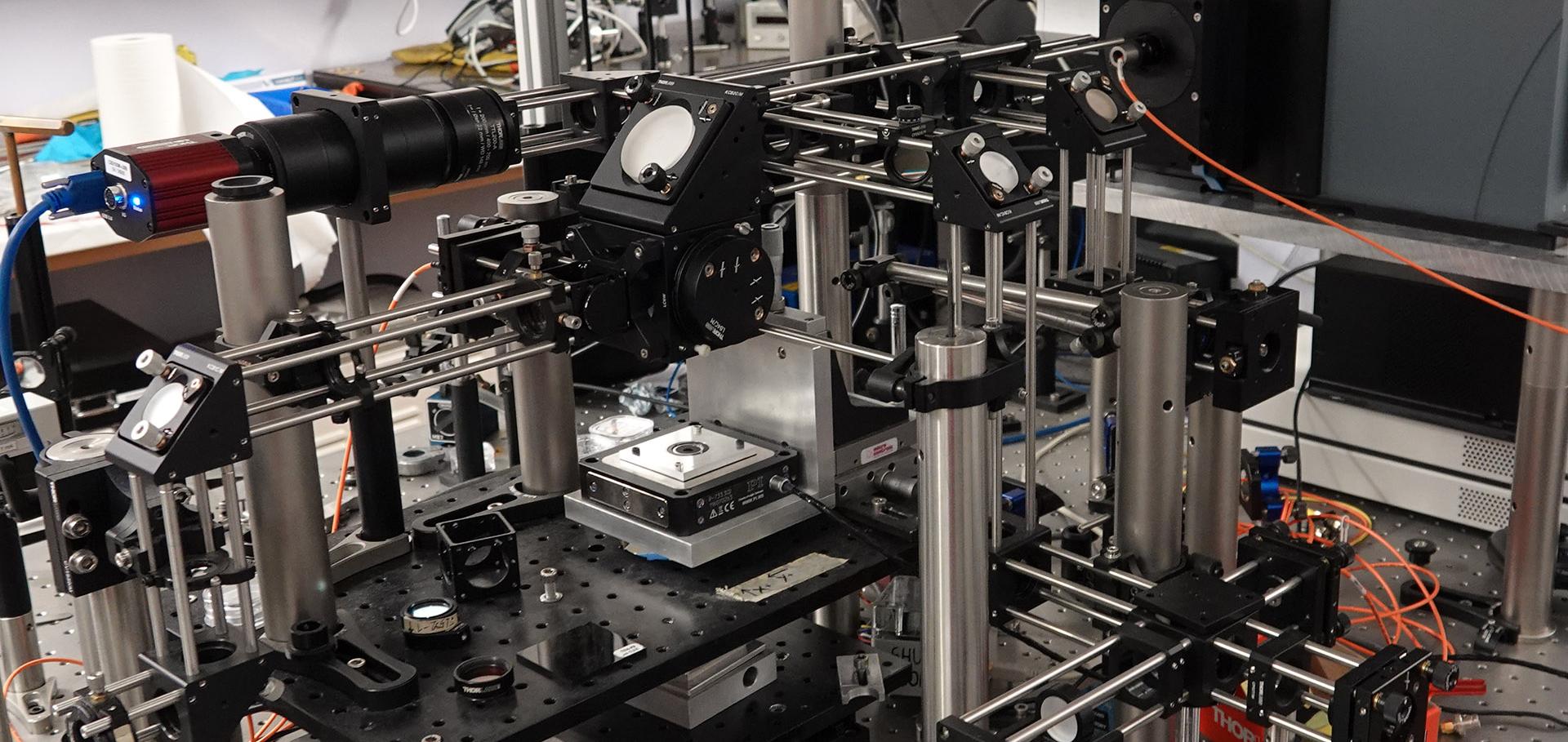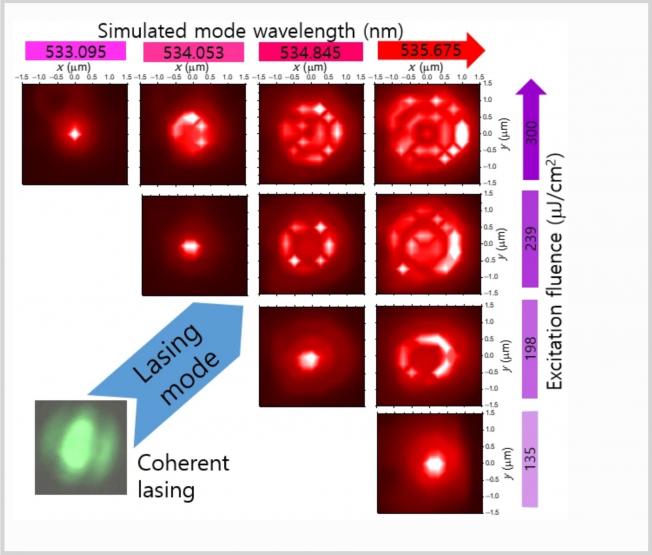Picosecond studies of luminescence of cis polyacetylene
Journal of Physics C: Solid State Physics 16:20 (1983)
Abstract:
The authors find that the lifetime of the 1.9 eV luminescence of cis-polyacetylene isObservations of magnetic domain structures in thick foils of Ni-Fe-Co-Ti alloy
Journal of Magnetism and Magnetic Materials 31-34:PART 2 (1983) 1001-1004
Abstract:
The domain structure of thick foils of a 33.8Ni-51.0Fe-14.0Co-1.2Ti (wt%) alloy has been studied by high voltage transmission Lorentz microscopy. Complex domain structures and wall images have been observed. Periodic domain structures have been interpreted as sets of two-dimensional vortex walls. © 1983.PHOTOTHERMAL DETECTION OF PICOSECOND PHOTOINDUCED DICHROISM.
Journal de Physique (Paris), Colloque 44:10 (1983)
Quantitative study of magnetisation processes in thin ferromagnetic foils containing non-magnetic precipitates
Journal of Magnetism and Magnetic Materials 31-34:PART 2 (1983) 999-1000
Abstract:
Magnetisation processes in ferromagnetic foils containing non-magnetic precipitates have been observed by high voltage transmission Lorentz microscopy. Measurements of the displacement of 180° magnetic domain walls during a magnetisation cycle have been made. Thin foil coercivities of 2 Oe to 30 Oe have been measured for precipitate diameters 80 Å to 2000 Å. © 1983.HIGH-RESOLUTION SPECTROSCOPY USING PICOSECOND PULSE TRAINS
PROCEEDINGS OF THE SOCIETY OF PHOTO-OPTICAL INSTRUMENTATION ENGINEERS 369 (1983) 366-373



